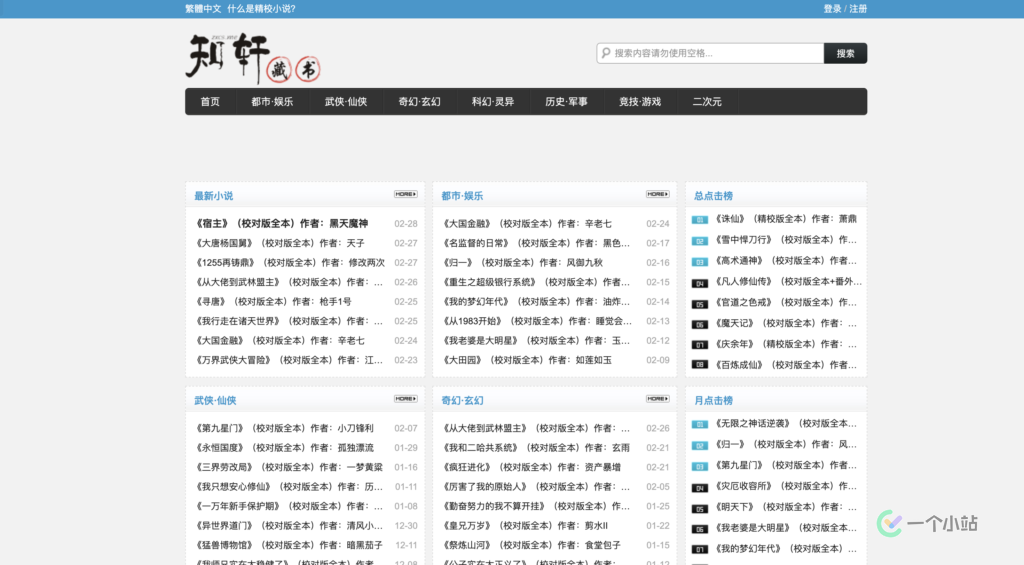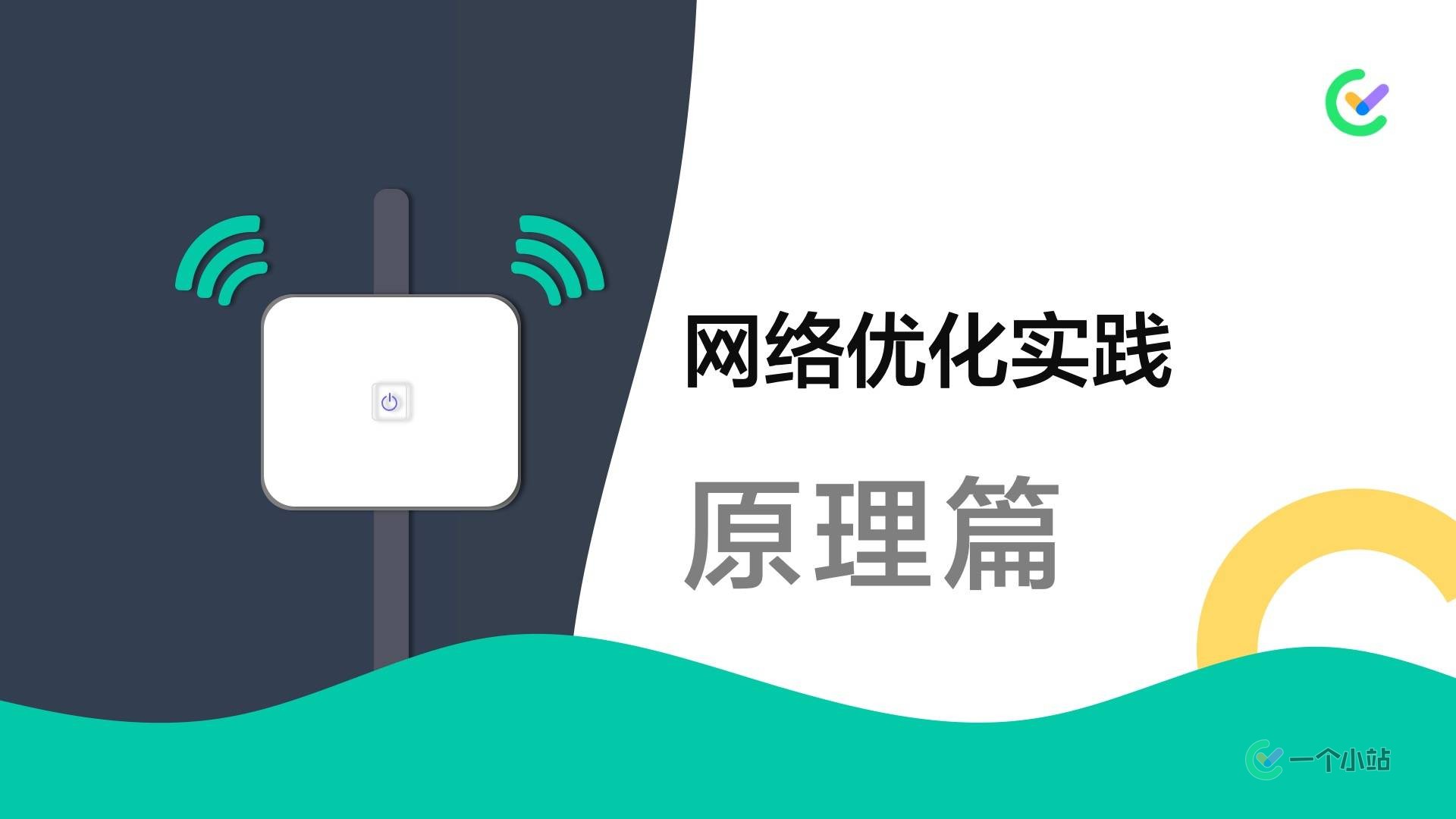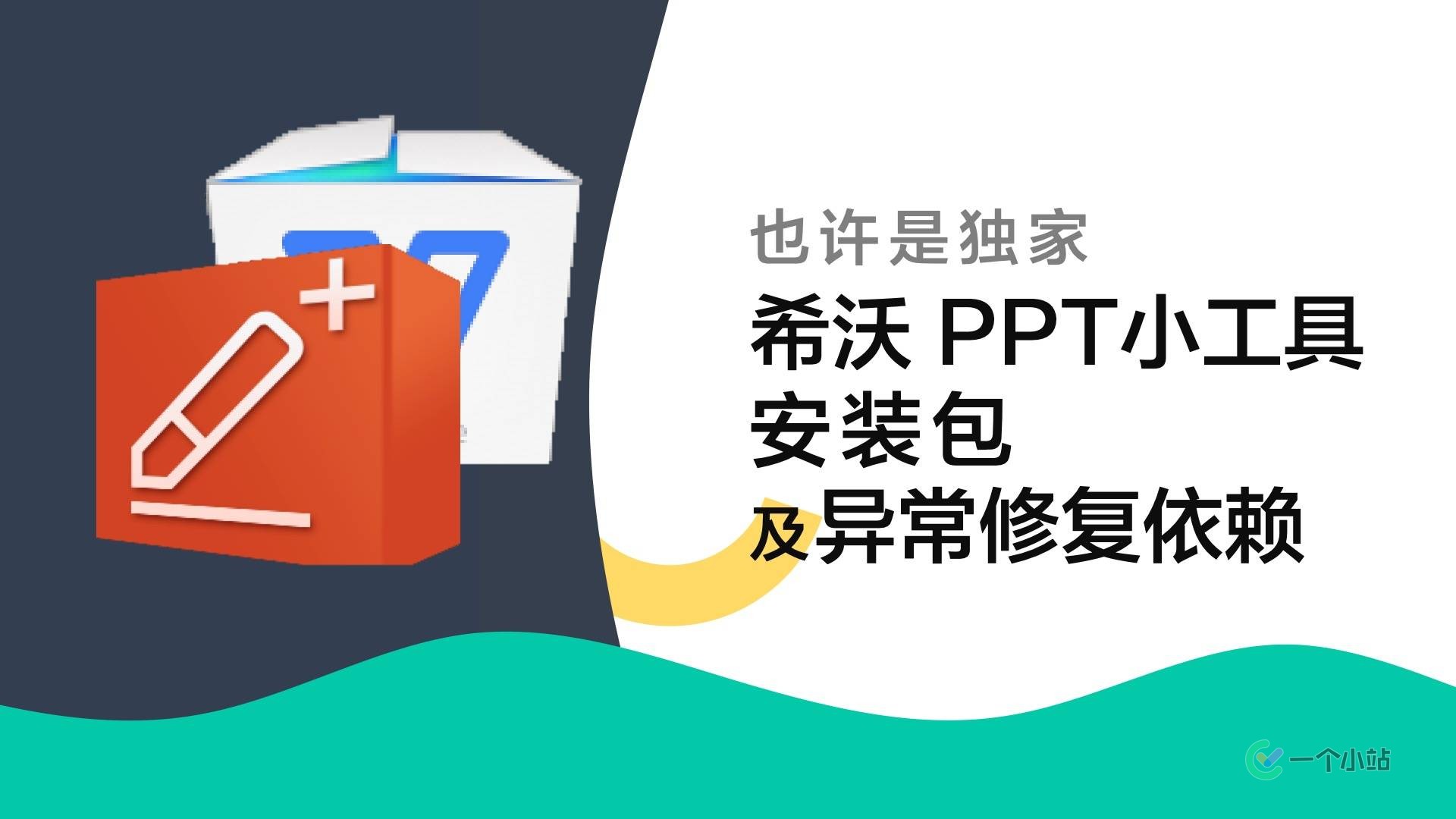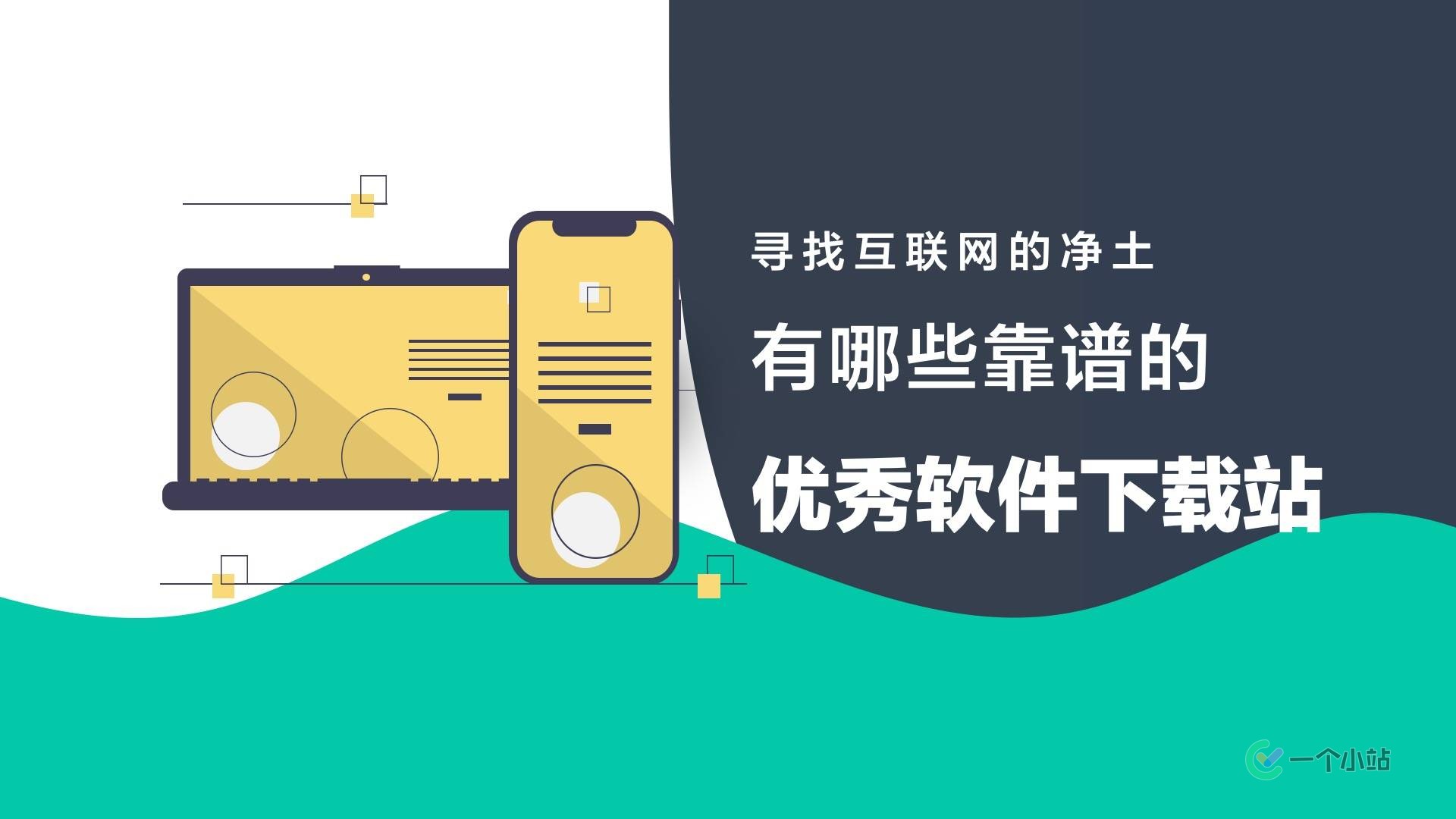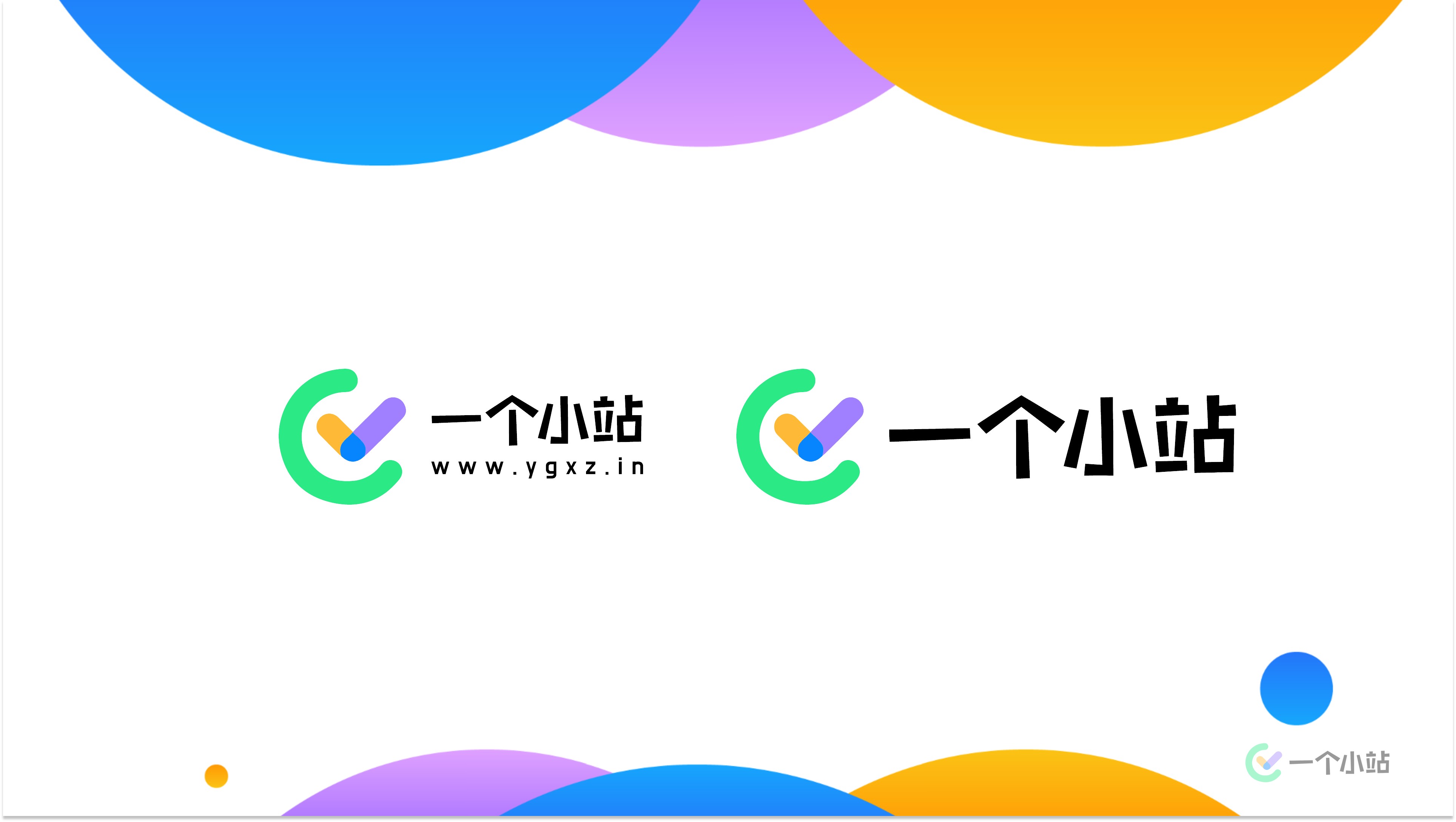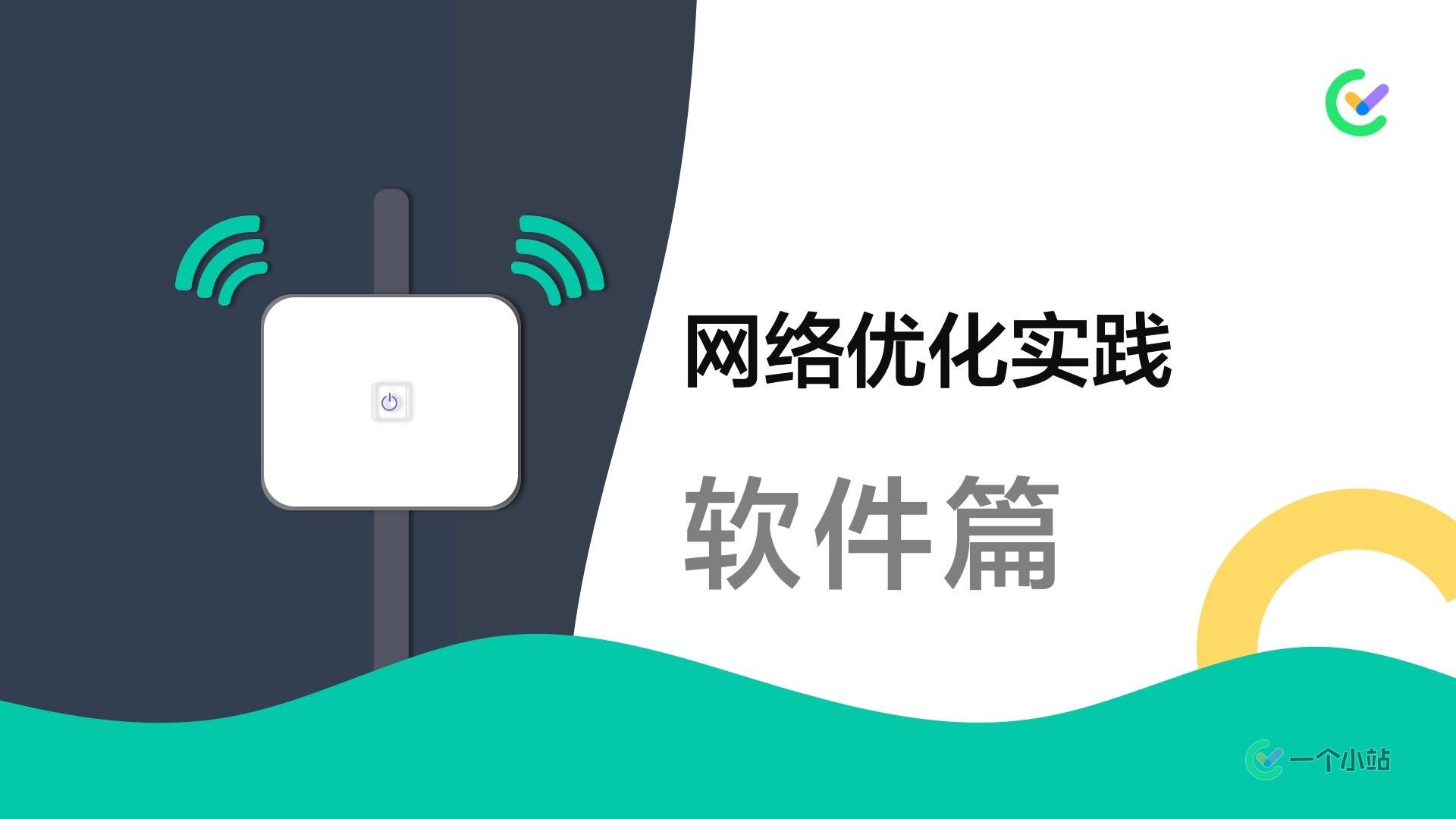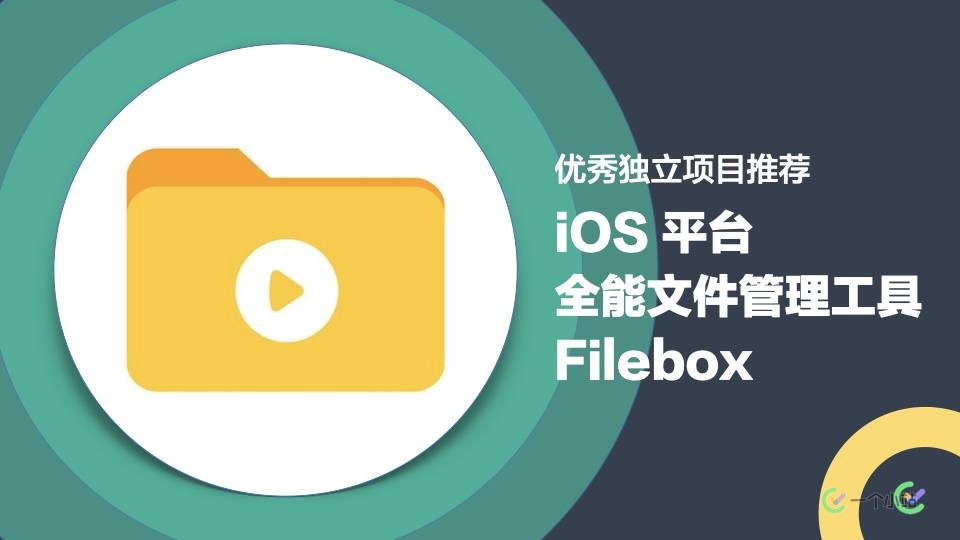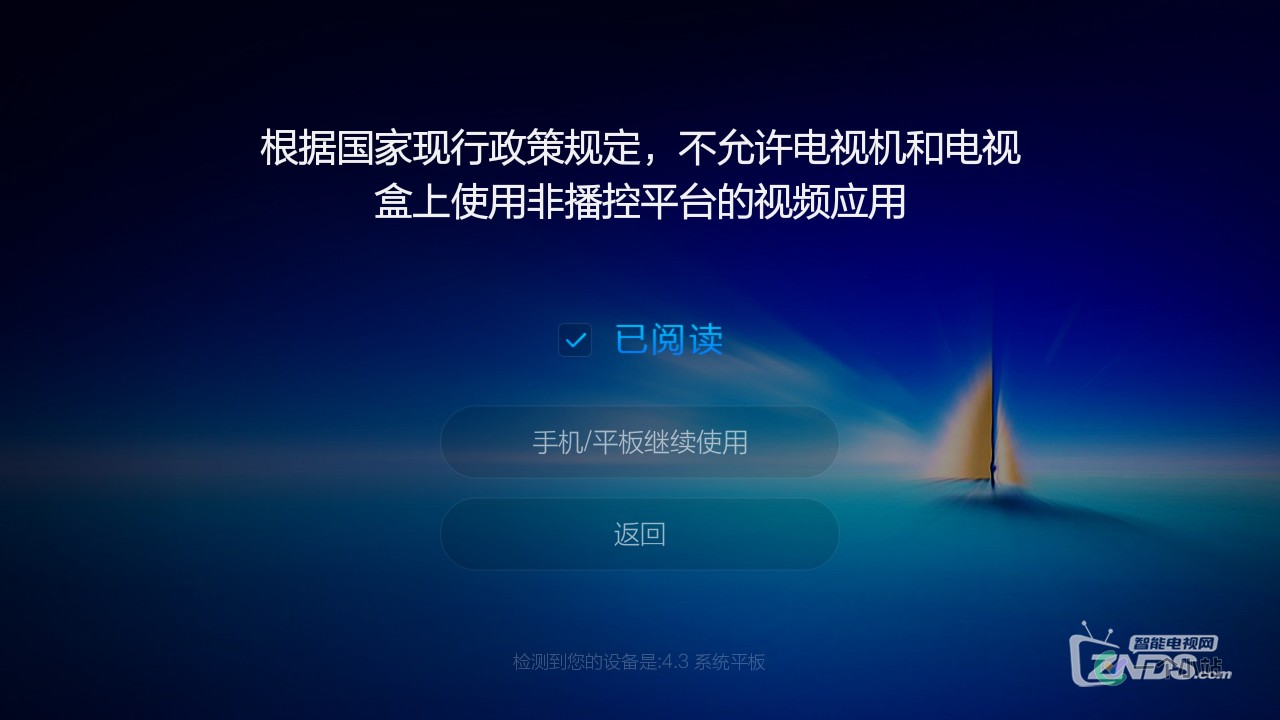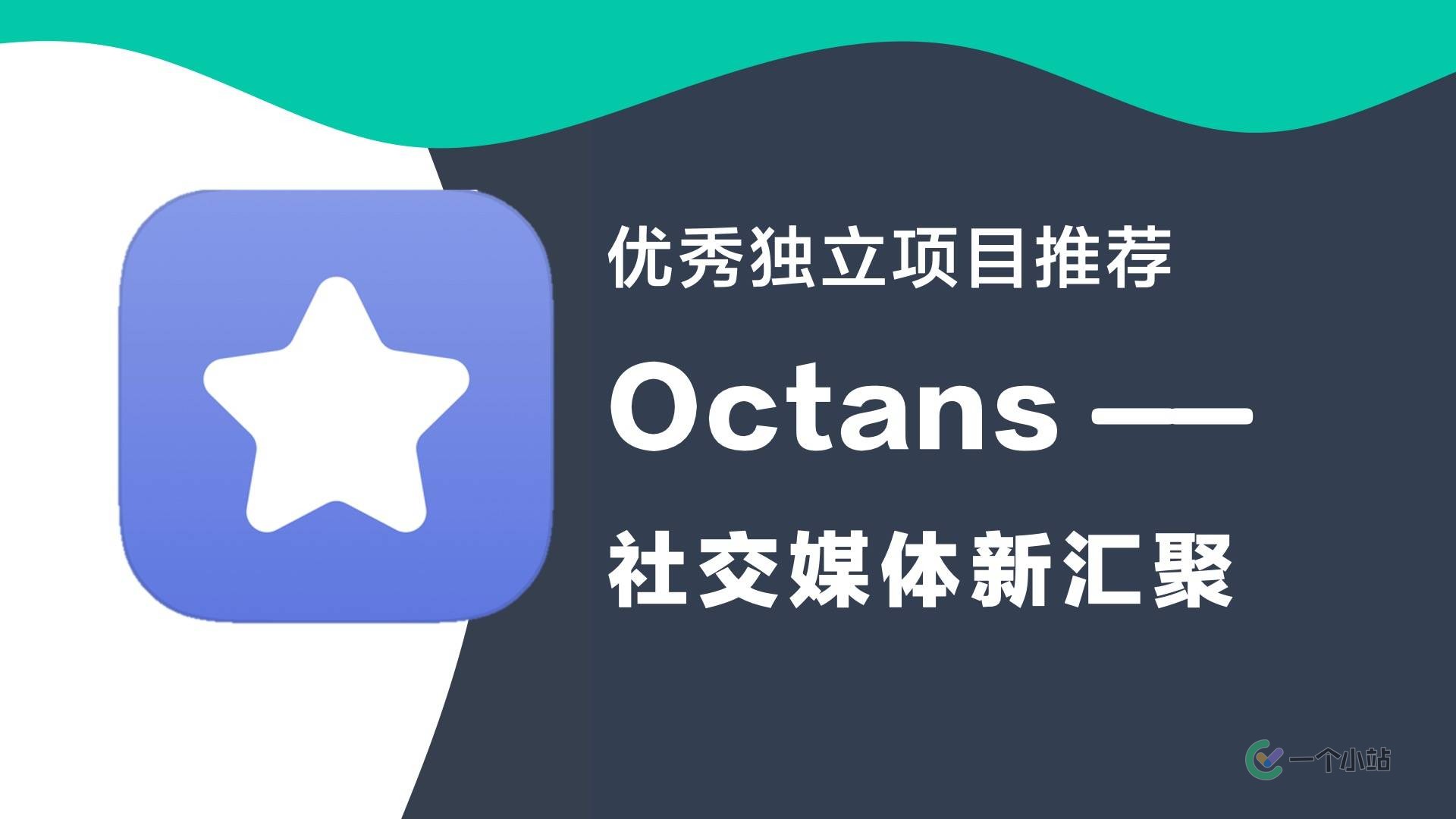整理自往年笔记+本人课堂笔记+LLM补充,尽量还原课堂逻辑,满足考试复习需要,适当补充案例便于写作
What is Management?
- Involves using resources
- Achieves goals through others
- Relevant in profit & non-profit settings
- Profit example: Investment
- Non-profit example: Museum
The Five Factors of Production
- Natural Resources(自然资源): Inherent commodities from the earth.
- Labour (劳动力(工人)): Human effort contributed to production.
- Capital(资本): Equipment, tools, and facilities for goods production. Money is for acquiring these factors but isn’t a production factor itself.
- Entrepreneurship (企业家精神): Willingness to take risks and start businesses.
- Knowledge (知识): Information and expertise that enhance production.
Organisational Levels
- Top Managers (顶级管理者)
- Middle Managers (中管理者)
- Line Managers (一线管理者)
- Team Leaders (团队领导)
- Everyone Else (其他所有人)
Fayol’s Four Functions of Management (福约尔四大管理职能)
📌Fayol – 规划 组织 领导 控制
- Planning (规划): Strategizing and forecasting.
- Organising (组织): Structuring and resourcing.
- Leading (领导): Motivating and influencing.
- Controlling (控制): Monitoring and evaluating.
案例:苹果公司(Apple Inc.)
规划(Planning):苹果公司制定产品开发计划时需要考虑市场趋势、消费者需求和技术创新,以确定未来的产品线,如iPhone、iPad等。
组织(Organizing):苹果通过精准的组织结构,确保设计、研发、生产、销售等部门高效运作,比如他们会有严格的供应链管理,确保原材料的供应和产品的生产和分销。
领导(Leading):苹果需要跨部门合作,例如产品设计师需要与工程师协作,以确保设计的可实现性和最终产品的质量。
控制(Control):苹果对产品质量实行严格的控制,比如他们会有详细的产品测试流程,确保每一个产品在上市前达到他们的标准。
Mintzberg’s Managerial Roles(明茨伯格的管理角色)
📌Mintzberg – 人际 信息 决策
- Interpersonal Roles: 人际
- Leader
- Liaison(Connector 联络者)
- Figurehead( 象征者)
- Informational Roles: 信息
- Monitor
- Disseminator(Spreading传播者)
- Spokesperson
- Decisional Roles: 决策
- Entrepreneur(企业家)
- Disturbance Handler(突发事件处理)
- Resource Allocator(资源分配)
- Negotiator( 谈判者)
案例:谷歌(Google Inc.)
人际关系角色:
象征性头领:作为CEO,桑达尔·皮查伊(Sundar Pichai)代表谷歌出席重要活动,象征着公司的价值观和文化。
联络员:谷歌的管理层通过与其他公司和行业领导者的合作,如开放源代码项目和技术合作伙伴关系,维护广泛的网络。
代表:作为公共形象的代表,谷歌的高管经常参与社区服务和慈善活动,增强公司的社会责任感。
信息角色:
监视者:谷歌通过其广泛的市场研究和数据分析功能来监控技术趋势和竞争对手动态。
传播者:管理层将重要的信息和策略传达给员工,确保团队对公司目标有清晰的理解。
发言人:谷歌的高管在发布会和媒体事件上作为公司发言人,宣布新产品和策略。
决策角色:
企业家:谷歌通过其创新的企业文化和“20%时间”政策,鼓励员工开发新想法,不断推出创新产品。
处理干扰:谷歌的管理层必须应对各种挑战和危机,例如隐私问题和法律争议,并作出快速响应。
资源分配者:谷歌在其众多项目和业务线中进行资源分配,决定哪些项目获得资金和人力资源。
谈判者:谷歌在与其他企业和政府机构的合作中,经常需要进行谈判,如谈判版权问题和监管合规事宜。
Is Management Necessary?
- Pros: Facilitates significant achievements, increases efficiency, reduces waste.
- Cons: Consumes time, can be expensive, potential for selfish agendas.
Communication 沟通
Shannon and Weaver’s model (1949)
📌Shannon and Weaver 香农和韦弗 六大沟通阶段
做决定-编码-选信道-接收-解码-回应
不足:对信息内容关注不多
六个沟通阶段(Communication Stages)
- Decide to Communicate
- Encode Information
- Select Channel
- Receive Information
- Decode Information
- Take Action/Provide Feedback
案例:Netflix的内容推荐系统
Netflix的内容推荐系统是一个现代沟通模型的实际应用案例,涵盖了 香农和韦弗模型 的六个阶段:
信息源:Netflix用户的观看历史、评分、搜索习惯等数据。
编码器:Netflix的算法将用户数据转换成对用户可能喜欢的内容的预测。
信号:推荐系统生成的内容列表和预览。
信道:Netflix平台(通过互联网)将推荐的内容传递给用户。
解码器:用户的设备(如智能电视、手机、电脑等)将Netflix的信号转换成视频和音频输出。
接收者:最终用户,他们根据推荐决定观看哪些内容。
📌**沟通:
言语-非言语**
非言语沟通(Non-verbal Communication)
- 姿势、手势、咕哝(Postures, Gestures, Grunt)
- 眼神接触/面部表情(Eye Contact / Facial Expression)
- 穿着和仪容(Dress and Grooming)
- 物理环境,例如距离(Physical Setting e.g. Distance)
沟通的渠道(Channels of Communication)
- 个人沟通(通过电话等方式)(Personal Communication (via phone, etc.))
- 大众沟通(Mass Communication)
- 两步流程:媒体 → 意⻅领袖 → 大众(Two- step flow: media → opinion leaders → masses)
- 内部媒体/外部媒体(Internal media / External media)
噪声(Noise)
- 在传输阶段和反馈阶段(in transmission phase and feedback phase)
- 物理的/心理的(Physical / Psychological)
沟通方向(Communication Directions)
- Upward Communication(向上沟通)
- Downward Communication(向下沟通)
- Lateral Communication(平行沟通)
沟通网络(Communication Network)
- 集中式/去中心化(Communication networks: Centralised / Decentralised)
- “星型”、“线型”、“Y型”和“通讯型”网络结构 (Illustrates “star”, “line”, “Y”, and “com com” network structures)
组织沟通标准(Standards of Organizational Communication)
- Timeliness
- Clarity
- Accuracy
- Reliability
- Relevance
- Responsibility
- Precision
- Professionalism
沟通结果(Outcomes of Effective Communication)
- Improved Trust
- Better Understanding
- Higher Efficiency
- Enhanced Performance
沟通障碍(Barriers to Communication)
- Improper Medium
- Inconsistent Messages
- Status and Power Differences
- Divergent Departmental Goals
- Lack of Formal Channels
解决措施(Solutions)
- Active Listening
- Appropriate Channels
- Trust Building
- Formal Channels Creation
- Positive Feedback and Learning
反馈(Feedback)
- Prompt Feedback
- Concise Feedback
- Frequent Feedback
- Positive Feedback
Organizational Culture
组织文化概念(Concept of Organizational Culture)
📌 “The pattern of basic assumptions a group has invented, developed and taught to new members as the correct way to perceive, think and feel”
(一组基本假设的模式,由一个团体发明、发展并教导新成员,作为感知、思考和感受的正确方式)
组织文化组成(Components of Organizational Culture)
📌有形-无形
- Tangible Culture: Layouts, buildings, uniforms, logos, furniture, equipment.
- Intangible Culture: Values, knowledge, beliefs.
组织文化产生(Origins of Organizational Culture)
- Linked to founders’ personalities and styles.
- Transmitted through ‘Attract-Elect-Attrition’ process to new employees.
组织文化维度(Dimensions of Organizational Culture)
- Organizational Background (history)
- Organizational Structure
- Role, Specialization
- Degree of Centralization
- Decision-making Style
- Control Process, Tolerance of Mistakes
- Innovation and Risk
常见组织文化类型(Common Types of Organizational Culture)
📌有机-机械
低语境-高语境(直接-委婉)
强调-弱化
- Organic vs. Mechanistic: Adaptable cultures for dynamic settings vs. stable, predictable environments.
- Low-context vs. High-context: Explicit communication cultures vs. implicit communication relying on environmental context.
- Strong vs. Weak: Cultures with widely shared and firmly held values vs. less pronounced cultural features with no prominent core values.
- Cameron & Quinn’s Competing Values Framework: Balancing between flexibility vs stability and internal vs external focus, creating Clan, Adhocracy, Market, and Hierarchy cultures.
📌卡梅隆和奎恩 (Cameron & Quinn)** – 竞争价值框架(Competing Values Framework)**
通过平衡灵活性与稳定性、内部关注与外部关注,创造了四种组织文化:
宗族文化(Clan Culture)(John Lewis)
自发型文化(Adhocracy Culture)(Google)
市场文化(Market Culture)(DELL)
等级制度文化(Hierarchy Culture)(Toyota)
National Culture
Hofstede 的五个文化维度
📌霍夫斯塔德Hofstede – 五个文化维度
权力距离、个人主义、男性化、不确定性回避、长期导向
批评:
单一、过时、方法不适于文化、粗糙(crude)、一个国家内有多种文化
Hofstede’s View on Culture
- Surveyed IBM employees in 72 countries; identified 5 dimensions of national cultures.
- Evaluation of the research points out limitations such as insensitivity to deep value measurements, and some dimensions being outdated (like Masculinity).
五个文化维度
- Power Distance
- Individualism
- Masculinity
- Uncertainty Avoidance
- Long-term Orientation
批评
- insensitive to measure culture
- too crude(4-5 dimension)
- Cultures are not homogeneous (different in one country)
- Only based on one organnisation(IBM)(Diversity and universality)
- The result is old (out of date)(e.g. Masculinity)
案例: 华为(Huawei)
权力距离 - 华为是中国的一家全球电信解决方案供应商,以其等级制度明确和权力距离较大的组织结构而知名。在华为,决策通常由高层管理人员做出,而且对员工的监督和控制较为严格。这体现了高权力距离文化的特征,即人们接受权力分配不均和领导层的权威。
案例: IBM(国际商业机器公司)
个人主义与集体主义 - IBM是一个美国的跨国科技公司,它在全球多个国家和地区运营。IBM的企业文化体现了较高的个人主义倾向,强调个人成就和自我实现。员工被鼓励创新并对自己的工作负责,同时公司也提供了灵活的工作安排和个人职业发展路径。这与美国文化中个人主义的价值观相吻合。
案例: 索尼(Sony)
不确定性规避 - 日本公司索尼在全球市场上以其创新而闻名,但在内部管理上,它展现了较高的不确定性规避。这表现在对于新策略和变革的谨慎态度,以及对于流程和规则的强调上。索尼的文化反映了日本文化中对于稳定性和避免风险的偏好。
案例: 宜家(IKEA)
男性化与女性化 - 宜家是一个瑞典家具零售公司,其企业文化体现了较为女性化的价值观,强调工作与生活的平衡、员工福利和合作。宜家的管理风格倾向于扁平化,鼓励团队工作和共识决策。这些特征与瑞典社会中较为平等和关怀的价值观相符合。
案例: 三星(Samsung)
长期导向与短期导向 - 三星是韩国的一个大型跨国企业集团,其企业文化体现了长期导向的特征。三星在战略规划和决策中考虑长远的目标,比如通过持续的研发投入来维持其技术领先地位。此外,三星还强调员工的长期承诺和忠诚度,这与韩国文化中的长期导向价值观相一致。
案例: 脸书(Facebook)
享乐主义与节制 - Facebook(现Meta Platforms, Inc.)作为一个美国社交媒体公司,其企业文化展现了较高的享乐主义维度。公司提供了一个开放和自由的工作环境,鼓励员工创新并享受工作。Facebook的办公室设计和员工福利政策体现了追求快乐和满足个人愿望的价值观。
Trompenaar的三维度文化观(Trompenaar’s View on Culture)
📌特朗佩尔 Trompenaar – 三维度价值观
与人、时间、环境的关系
又叫三个超维度(mega-dimensions)
- Based on data from 47 countries and 15,000 people, found 3 mega-dimensions of culture: relationship with people, relationship with time, relationship with the environment.
- Sub-dimensions include Universalism vs. Particularism, Individualism vs. Collectivism, and Emotional vs. Neutral.
Four main types of national Legal and financial Systems
📌全球主要有四种法律和金融体系:
成文法(Codified Law)或大陆法系(Civil Law)
普通法(Common Law)
伊斯兰法(Islamic Law)
社会主义法系(Socialist Law)
成文法(Codified Law)
法律(LAW)
- 基础(Basis): Top-Down, comprehensive systems by experts.
- 实施(Implementation): Fact-finding by elite judges.
金融(FINANCE)
- 来源(Source): Banks, wealthy families, states.
- 报告(Reporting): Relaxed formal requirements, fewer accountants.
国家(Countries)
- Brazil, France, Germany, Japan, Mexico, Netherlands
普通法(Common Law)
法律(LAW)
- 基础(Basis): Bottom-Up, case-based, precedents guide law.
- 实施(Implementation): Juries critical, equal power to judges & lawyers, resist intervention.
金融(FINANCE)
- 来源(Source): Dominance of stock market equity financing.
- 报告(Reporting): High shareholder protection, accountants important.
国家(Countries)
- UK, USA, Ireland, India, Ghana, Malaysia, NZ, Pakistan
伊斯兰法(Islamic Law)
法律(LAW)
- 基础(Basis): Religious texts (e.g. Quran), Inspiring common law.
- 实施(Implementation): Judges loyal to religion, lesser role for lawyers.
金融(FINANCE)
- 来源(Source): Restrictions on interest but trade allowed in some forms.
- 报告(Reporting): Reporting depends on lending forms, similar to codified law.
国家(Countries)
- Middle East, Northern & Eastern Africa
社会主义法(Socialist Law)
法律(LAW)
- 基础(Basis): Codified-like, regulations designed by experts with communist traits.
- 实施(Implementation): Role of party members, limited court independence.
金融(FINANCE)
- 来源(Source): State owns and controls all financial resources.
- 报告(Reporting): State nominees in all significant entities, monitoring included.
国家(Countries)
- Russia, Cuba, Albania, North Korea
Operation Management
📌运营(Operation)的定义:
The function that is directly involved in transforming resources into higher value goods or services
(直接参与将资源转化为更高价值商品或服务的功能)
运营职能概念(Operation Function Concept)
- 资源转化变现(Value Transformation)
- 组织核心(Core of Organization)
- 提高效率(Efficiency Improvement)
- 利润与敏捷性(Profit and Agility)
关键成功因素(Key Success Factors)
- 低价格(Low Cost)
- 高质量(High Quality)
- 快速灵活配送(Quick and Flexible Delivery)
- 可靠配送(Reliable Delivery)
- 创新产品/服务(Innovative Products/Services)
- 适量供给(Adequate Supply)
企业运营类型(Types of Business Operations)
📌运营分为服务化和专业化
制造运营(Manufacturing Operations)
- Tangible Products(有形产品)
- Limited Variety(有限种类)
- Predictable Demand(可预测需求)
- Separated Production & Consumption(生产与消费分离)
- Operations: Project, Jobbing, Mass, Continuous(项目、小批量、大批量、连续性)
产品-服务运营(Product-Service Operations)
- Blurred Line(界限模糊)
- Customer Benefits(顾客利益)
- Synergistic Profits(协同效应利润)
- Servitization: Dematerialization, Usage-based, Benefits, Environmental Gains(服务化:去物质化、按使用收费、利益、环保)
服务运营(Service Operations)
- Customized Services(个性化服务)
- Simultaneous Production & Consumption(即时生产与消费)
- High Personal Skill and Judgment(高个人技能和独判断)
- Labor Intense, Consumer Orientation(劳动密集型、消费者导向)
案例: Rolls-Royce - "Power by the Hour" for Airlines
Rolls-Royce的“Power by the Hour”是服务化(servitization)的一个经典案例。服务化是指制造公司转向提供综合产品和服务解决方案的战略。在这种模式下, 制造商不仅仅卖出产品,比如发动机,而是提供与之相关的服务 ,如维护、修理和技术支持。
对于Rolls-Royce来说,"Power by the Hour"是一种创新的发动机维护服务,客户不是购买发动机,而是购买发动机的运行时间。这种模式允许航空公司支付实际飞行小时数,而不是传统的维护服务。
案例: Xerox - Managed Print Services (MPS)
Xerox的Managed Print Services (MPS)是另一个服务化的例子,它将传统的打印设备制造商转变为提供综合打印管理服务的提供商。
在这个模式下,Xerox帮助企业管理其打印和相关的文档处理需求。客户不需要购买打印机或复印机,而是根据打印量支付服务费用。Xerox提供设备、维护、耗材(如墨水和纸张)以及软件和解决方案来优化整个文档输出环境。
运营设计(Operation Design)
📌运营设计有四个阶段:
产品设计、生产设计、选址、工作环境布置
- Product Definition & Design(产品定义和设计)
- Production Methods and Design(生产方法和设计)
- Selecting a suitable Location(选择合适的位置)
- Work Layout(工作布局)
管理运营(Managing Operations)
📌管理运营有三个方向:
调度、成本控制、质量
- Scheduling, Cost Control, Quality Issues(排程、成本控制、质量问题)
- Demand Lead Time vs Supply Lead Time(需求提前期对供应提前期)
- Cost Components: Direct, Indirect(成本组成:直接成本、间接成本)
采购、配送和供应链管理(Procurement, Distribution & SCM)
- Function: Quality Raw Materials Timely, Potential Suppliers, Collaboration & IT Integration(职能:及时优质原料、潜在供应商、合作与信息技术集成)
- Supply Chain Rise Importance(供应链崛起)
- Challenges: Specialized Providers, Continuous Supply, Product Quality, Ethical Conduct(挑战:专业供应商、持续供应、产品质量、道德行为)
- Chain Components: Materials, Refinement, Parts Manufacturers, Providers, Distributors, Consumers(链组件:原材料、精炼、零部件制造商、供应商、分销商、消费者)
- Features: Transformation Process, Storage, Transportation, Strategic-Tactical-Operational Management(特点:转换过程、存储、运输、战略-战术-操作管理)
质量(Quality)
- High Standard and Flawless(高标准无瑕)
- Customer Expectation, Safety, Reasonable Price, Warranty, Attractive Aesthetics, Right Time & Place Delivery(消费者期望、安全性、合理定价、保证期、吸引力、适时适地交付)
- Quality Methods: Control, Assurance, Continuous Improvement, Teams, Benchmarking(质量方法:控制、保证、持续改进、质量小组、标杆管理)
- TQM: Zero Defects, 100% Customer Satisfaction, Fact-based Action, Full Participation, Support from Top Management(全面质量管理:零缺陷、满意度、事实行动、全员参与、高层支持)
- TQM Stages: Visionary Management, Unit Goals, Quality Objectives & Priorities, Implementation Plans, Evaluation, Observation and Continuation(全面质量管理阶段:有远见的管理、单元目标、质量目标和优先级、实施计划、评估、观察和持续)
质量运动批评(Quality Movement Critique)
- Certifications based on Documentation, Bureaucratization(认证基于文件、官僚主义)
- Less Applicable to Services(服务适用性较低)
- Lower Standards for Safety Reasons(安全标准降低)
- TQM’s Competitive Advantage in Practice(全面质量管理的实际竞争优势)
测量有效性(Measuring Effectiveness)
- Productivity, Financial Productivity, Time Per Unit, Value-Added Index(生产率、金融生产率、单件用时、附加值指数)
Strategy & Structure
Strategic Purposes
📌(制定)策略的目的是:
指导组织到达实现其目标最容易的地方,并且可以抵抗来自竞争对手的挑战。
- Guide to Achievable Goals
- Shield from Competitors
Strategic Planning
- Overall Blueprint(Organizational Plan)
- Directional Planning
Success Factors
- Competitive Domain
- Unique Value
- Resources and Capabilities
- Competitive Advantage
Mission and Vision
📌Mission Statement,使命陈述:
较短/事实性/涉及所有利益相关者(Shorter / Factual / All stakeholders)
简洁地陈述组织存在的原因(Succinct statement of why the organization exists)
Vision Statement,远景宣言:
更⻓/启发性/主要是员工和亲密伙伴(Longer, Inspirational, Mainly employees and close partners) 当组织以有效方式执行其使命时的样子(What it will be like when it is performing its mission in an effective way)
Mission Statement
- Organization’s Existence Reason
Vision Statement
- Future Prospects upon Fulfilling Mission
Mission vs Vision
- Planning Sequence: Mission first, Vision second
- Length of Statements: Mission brief (3-4 sentences), Vision longer (5+ sentences)
- Descriptive vs Inspirational: Mission factual, Vision inspiring
- Primary Audience: Stakeholders for Mission, Employees/Close Partners for Vision
- Time Orientation: Present intent for Mission, Future depiction for Vision
Objective Management(目标管理)
Integrating Plans and Missions
- Cohesive System of Related Plans
Advantages
- Align Employee Goals with Managerial Goals
- Specificity
- Awareness of Key Objectives
- Mutual Manager-Employee Cooperation
- Regular Performance Reviews
Disadvantages
- Focus on Measurable Over Important Goals
- Substantial Management Effort
- Potential for Lower Target Setting
- Cultural Limitations
- Inadaptability to Rapid Changes
Effective Objectives
- Specific, Measurable, Action-oriented, Realistic, Timely(SMART)
📌SMART目标框架:
具体 可测量 行动导向 现实相关 时间基础
Specific, Measurable, Action-oriented, Realistic, Timely
Planning
📌规划的利与弊:
规划有助于设定性能标准,加快决策过程,并促进员工参与。它为高层管理提供决策背景,通过预见问题来减少浪费,并帮助组织集中资源以实现长期目标。
然而,规划也存在缺点。评估其有效性往往需要事后的洞察力,可能会引入偏见。此外,规划可能耗费大量时间和精力,并且如果过度依赖计划,则可能降低组织的灵活性和适应能力。
Advantages
- Clear Performance Standards
- Decision-Making Speed
- Employee Involvement
- Context for Decisions
- Minimizing Waste through Foresight
- Focus on Future Actions and Resource Integration
Disadvantages
- “Hindsight Bias”
事后诸葛亮效应(Hindsight Bias)是指人们在知道了某件事情的结果之后,倾向于相信自己原本就预见到了这个结果的心理现象。 - Time and Effort Intensive(费时费力)
- Potential Organizational Rigidity(僵化)
Organizational Structure
Common Organisational Structures (常见的组织结构)
- Simple (简单)
- Bureaucracy (官僚制)
- Matrix (矩阵)
Differences between Mechanistic and Organic
Mechanistic Structure Features(机械式结构特点):
- High Specialisation (高度专业化)
- Rigid Departmentalisation (严格的部门化)
- Clear Chain of Command (清晰的指挥链)
- Narrow Spans of Control (窄的控制跨度)
- Centralisation (集中化)
- High Formalisation (高度正式化)
- Cost Minimisation (对于成本最小化有好处)
Organic Structure Features(有机式结构特点):
- Cross-Functional Teams (跨功能团队)
- Cross-Hierarchical Teams (跨层级团队)
- Free Flow of Information (信息自由流动)
- Wide Spans of Control (宽泛的控制跨度)
- Decentralisation (分权)
- Low Formalisation (低度正式化)
- Good for Innovation (对于创新有好处)
Strategy Types (战略类型):
- Defender (防御者): Maintain Market Share (维持市场份额)
- Analyser (分析者): Transactional / Rational (交易型/理理性)
- Reactor (反应者): Rational (理性)
- Prospector (探索者): Generative / Symbolic (生成型/象征性)
Environmental Suitability (环境适应性):
- Mechanistic: Stable environments, focus on efficiency and cost control (机械式: 稳定环境,侧重效率和成本控制)
- Organic: Dynamic and uncertain environments, focus on adaptability and innovation (有机式: 动态和不确定环境,侧重适应性和创新)
Goal Setting Theory
📌目标设定理论(Goal Setting Theory) – Locke & Latham(洛克 和 拉瑟姆), 1990
强调了设定具体而挑战性的目标对于提高个人或团队绩效的重要性
- 承诺(Commitment) ,个人或团队对达成目标的投入程度
- 任务特性(Task Characteristics) ,任务本身的各种属性,如清晰度、可行性
- 反馈(Feedback) ,在执行任务过程中获得关于进展和表现情况的信息
- 任务复杂性(Task Complexity),完成某项工作所需步骤、技能和认知处理难度等级别
Organizational Change
Definition (定义)
- Change in state or direction
- Neutral
- Driven by globalization
Types (类型)
- Incremental or Continuous
- Partial or Progressive
- Micro (individual) or Macro (organization-wide)
- Planned (top-down) or Emergent (bottom-up)
Lewin’s Force Field Analysis (勒温场力分析法)
📌勒温 – Lewin’s Force Field Analysis – 分析变革阻力
阻力分为反对内容和反对过程两种
- Balance between restraining forces, internal & external change forces
- Content and process resistance
- Internal forces: employee strengths/weaknesses, new personnel, value changes
- External forces analyzed by PESTLE model
📌PESTLE模型 – 用于评估影响组织的外部因素
政治(Political)
经济(Economic)
社会(Social)
技术(Technological)
法律(Legal)
环境(Environmental)
Stages of Change (变革阶段)
📌有四种对于变革阶段的陈述:
Lewin (1947) , 勒温三阶段变革模型,最古老,最常⻅(oldest, most famous)
Hussey – 赫西EASIER模型,实用的(practical)
Kotter – 科特八步变革模型,最详细的(most detailed)
Hannigan – 汉尼根情感侧面关注,关注情感(focuses on emotions)
Lewin’s 3-stages(勒温三阶段变革模型)
- Unfreeze(解冻):识别变革必要性,准备摒弃旧习。
- Change(变革):实施新方法,鼓励接受。
- Refreeze(重新冻结):固化新行为,确保持久效果。
Hussey’s EASIER model(赫西EASIER模型)
- Envisioning(构想):明确变革愿景。
- Activating(激活):动员变革资源。
- Supporting(支持):提供变革援助。
- Implementing(实施):执行变革策略。
- Ensuring(确保):监控变革正轨。
- Recognizing(认可):认可变革贡献,庆祝成功。
Kotter’s 8 steps(科特八步变革模型)
- Establish urgency(建立紧迫感):感知变革必要性。
- Form coalition(形成联盟):构建支持团队。
- Develop vision & strategy(发展愿景与策略):规划变革蓝图。
- Communicate vision(沟通愿景):传递变革信息。
- Empower action(授权行动):赋能员工参与。
- Generate short-term wins(创造短期胜利):标注早期收益。
- Consolidate gains(巩固成果):加强变革优势。
- Anchor change(固定变革):根植变革文化。
Hannigan’s Focus on Emotional Aspect(汉尼根情感侧面关注)
- Emotional Management(情感管理):关注员工情绪反应。
- Listening(倾听):理解担忧与需求。
- Empathizing(同理):共情员工感受。
- Supporting(支持):给予必要协助。
- Communicating(沟通):建立透明沟通。
OD Techniques (OD 技术)
📌OD是组织发展的缩写
- OD for problem analysis, structural change, and behavioral change
- Techniques include focus groups, contingency planning, business process reengineering
- Lewin’s Action Research cycle
- Team building, process consulting
- Large group interventions, survey feedback
Characteristics of Successful Change (成功变革特征)
- Challenging to measure
- Requires 7 key factors
Change Types (变革的类型)
- Incremental, Transitional, Transformational
Factors Impacting Change (影响变革的因素)
- Enablers: open communication, constant experimentation, accountability
- Barriers: lack of transparency, internal focus only, blame culture
Fundamental Considerations for Change Agents (变革推动者问题)
- What drives change?
- How should we change?
- Adopting methods for change?
Effective Sponsors or Supporters (有效赞助者或支持者)
- Characteristics: powerful, vested interest, visionary, authoritative, reward control, willing to sacrifice
Effective Change Leaders (有效变革领导者)
- Embrace change when necessary, communicate effectively, engage in change
Roles in Change (变革角色)
- Sponsor, initiator, change agent, target group (every employee)
Leading Change Steps (引领变革步骤)
- Identify stage, detect obstacles, apply change techniques, reshape steps
Organizational and Individual Barriers to Change (变革障碍)
- Inertia, unclear communication, low-risk tolerance, lack of resources
Overcoming Change Barriers (克服变革障碍)
- Study, build relationships, explain purpose, articulate benefits, align daily activities, repeat communication, envision future, model desired behaviors, clarify expected behaviors, provide frequent feedback
案例: General Electric (GE,通用电气) 的转型
通用电气(GE.US)是全球领先的数字工业服务商:自1878年其前身爱迪生电灯公司成立至今,已走过整整140年的历史。随着全球经济逐渐从工业向数字化转型,GE 面临着必须转型以维持竞争力的压力。
GE 经历了一次转型性变革(Transformational Change),这是一种组织层面的宏观变革,它涉及到公司的整体战略、结构、系统以及文化。
GE 的内部阻力包括员工对新技术和新流程的适应问题,以及公司内部对旧有业务模式和文化的依赖。
外部阻力主要来自市场竞争、技术进步、全球经济变化等。通过 PESTLE 模型分析,可以识别出政治、经济、社会、技术、法律和环境等方面的外部因素,这些都对 GE 的变革产生了影响。
(这家公司转型好像挺失败的)
Personnel Assignment: Selection, Development, and Motivation
人员配置过程(Staffing Process)
- Job Design/Description
- Recruitment and Selection/HR Planning
- Training and Development
- Organizational Culture
- Leadership
- Motivation
招聘与选拔(Recruitment & Selection)
- Attracting Candidates
- Internal Notice(unfair potential)
- Government Employment Agencies
- Private Employment Agencies
- Headhunters(expensive cost)
- Ads in Local, National, Professional Magazines
- Job Fairs
- Recruitment Websites
- Traditional Selection Methods
- Application Form/CV
- Interviews
- Reference Letters
- Modern Selection Methods
- Psychological Tests(mental abilities and personality)
- Work Sample Tests(situational roleplays)
- Structured Interviews
- Personal History Data
- Assessment Centers
- Selection Process Stages
- Shortlisting(Candidate Application)
- Applicant Confirmation(Candidate Submission)
- Evaluation Stage(competency assessments, situational interviews)
- Selection Characteristics
- Sensitivity(differentiate candidates)
- Credibility(consistent conclusions)
- Validity(predict performance)
- Fairness(equal opportunities)
###培训与发展(Training & Development)
- Necessity of T&D(imperfections in selection)
- Systematic Training Framework
- Needs Identification
- Training Design(on-the-job or off-the-job)
- Training Delivery(internal or external)
- Application to Specific Situations
- Future Needs Assessment
- Training Focused on Task-centric Learning
- Onboarding(induction)
- On-the-job Training
- Off-the-job Training(methods: lectures, courses, roleplays, group discussions, case studies, online training)
- Development Focuses on Personal-centric Improvement
- Skill Learning(problem-solving methods)
- Self-awareness(special courses, 360-degree feedback)
激励(Motivation)
📌五个重要的理论(部分不止一次出现),都是用来更好地激励员工的
(tbl)
Maslow’s hierarchy of Needs(Theory of Needs)(需求层次理论)
- Physiological Meeds(e.g. Food & Drinks)
- Safety and Security
- Love and Belongings
- Self-Esteem(self respect)
- Self-actualization
Acquired Needs Theory by McClelland(获得性需求理论)
- Need for Achievement
- Need for Affiliation(belonging)
- Need for Power
Expectancy Theory(期望理论)
- Motivation is a function about Expectancy, Instrumentally, and Valence.(动机是期望、工具性和价值三方面的线性函数)
📌维克托·弗鲁姆 Victor Vroom
期望(Expectancy):这是个体对于投入努力是否能够达到预期绩效水平的信心程度。简而言之,就是 “我努力了,能不能成功?”
工具性(Instrumentality):这指的是一个人达到特定绩效水平之后,认为自己能够得到期望奖励的程度,即 “我成功了,我能得到什么回报?”
价值(Valence):这是对奖励的吸引程度,反映了个体对于奖励的期望结果是积极还是消极的。也就是说,这个可能的奖励对我有多重要?
Equity Theory(平等理论)
📌约翰·斯塔西·亚当斯 John Stacey Adams
分配——公平
系统——无偏见且透明,信息准确
行为——尊严、礼貌(彬彬有礼)、尊重
Staff’s feelings about the Equity between work and repayment.
- Equitable Distribution
- System – Bias Free and Transparent, Info Accuracy
- Behavior – Dignity, Courtesy(Polite), Respect
Goal-Setting Theory(目标设定理论)
📌埃德温·洛克(Edwin Locke)
目标应该——富有挑战性但又能实现
目标应该——可以通过绩效水平清晰界定
目标应该——比没有目标更有用
- Challenging but achievable
- Can be clearly defined by performance level
- More useful then without goal
Leadership and Leadership Traits
Definition of Leadership
📌领导:
一个人通过个人影响力改变其他人的方向和行为
One person changing the direction and behaviours of other people by using personal influence
Leadership maybe argued to span a spectrum.
(领导力可能被认为是一个广泛的光谱)
Emergence
- Appointed – Formal Leader / Official Power
- Emergent – Informal Leader / No Official Power
Power
Positional, Reward, Expert, Charismatic
(权力来源:职位、奖励、专业知识、魅力)
Traits
| 特质 | Traits |
|---|---|
| 精力充沛/坚韧不拔 | Energetic / Tenacious |
| 希望领导他人 | Want to Lead Others |
| 诚实、值得信赖、组织有序 | Honest, Trustworthy, Well Organised |
| 智力高/口才流利 | Intelligent / Verbally Fluent |
| 商业敏锐 | Commercially Astute |
Types
| 领导者类型 | |
|---|---|
| 服务型 | Servant leadership |
| 真实型 | Authentic leadership |
| 功能型 | Functional leadership |
| 情境型 | Situational leadership |
| 原则中心型 | Principle-centred leadership |
| 魅力型 | Charismatic leadership |
| 变革型 | Transformational leadership |
| 有害型 | Toxic leadership |
Servant leadership
- 帮助部下实现目标
- 明确实现目标的路径
- 协助定义目标
- 构建对目标可达成性的信心
Russell和Stone(2002)提到的功能性特征和社会特征:
功能性特征:
- 诚实/值得信赖/服务导向/欣赏
社会特征:
- 倾听/鼓励/教育他人/委派
仆人式领导通过增加奖励的相关性来提升动力:
- 识别追随者的需求
- 在实现目标时提供奖励
Authentic Leadership
定义:
- 一个从积极心理能力和高度发展的组织环境中汲取的过程,结果是更高的自我意识和自我调节的积极行为…促进积极的自我发展。(Luthans和Aviolo ,2003)
特征:
- 平衡处理 – 客观分析
- 道德视角 – 用来调节活动
- 关系透明度 – 对他人开放和真诚/避免不适当的情感表达
- 自我意识 – 理解自己的优缺点
Functional Leadership
- 服务于小组的目的
- 权力来自小组的同意
- 根据任务适应行为
Situational Leadership
- 权威有限时期(例如,在危机情况下)
- 当情况稳定时放弃权威
Principle-Centered Leaders
- 权威来自个人价值观(道德/伦理)
Charismatic/Visionary Leaders
- 权威源于令人敬畏的个性
- 提高追随者的愿望(例如马丁·路德·金)
- 激活高阶价值观
- 利他主义?个人需求牺牲?
Transformational Leaders
- 对未来有清晰的看法
- 实现质的变化
- 注意追随者的需求
通常是稳定的外向者(Bono和Judge,2004)
Toxic Leadership
- 破坏性行为
- 功能障碍的个性?
- 不一定是积极的(无效/未能反应等)
- 无能 – 缺乏技能/动力
- 僵化 – 拒绝新想法
- 放纵 – 缺乏自控
- 冷酷 – 不关心/不友好
- 腐败 – 说谎/欺骗/偷窃
- 孤立 – 忽视外围团体的福祉
- 邪恶 – 使用痛苦作为权力的工具
(Kellerman 2004)
案例: Satya Nadella at Microsoft(微软现任CEO纳德拉)
Appointed Leadership - Satya Nadella 是一个很好的例子,展示了被任命的领导者如何通过个人影响力改变公司。在成为 CEO 后,Nadella 重塑了 Microsoft 的企业文化,推动了一系列成功的战略举措,包括重点投资云计算和人工智能。
案例: Sheryl Sandberg at Facebook
Emergent Leadership - Sheryl Sandberg 在没有正式的 CEO 职位的情况下,在 Facebook 内部成为了一名非官方的领导者。作为首席运营官(COO),她对公司的文化和运营产生了深远的影响,特别是在广告业务和公司组织结构上。
案例: Richard Branson of Virgin Group
Charismatic Leadership - Richard Branson 以其魅力型领导风格而闻名,他的独特个性和冒险精神吸引了无数的追随者。Branson 的领导才能帮助 Virgin Group 成为一个多元化的全球企业。
案例: Jeff Bezos of Amazon(亚马逊创始人,前世界首富贝佐斯)
Transformational Leadership - Jeff Bezos 是变革型领导的一个典型例子。他通过创新和长远的愿景将 Amazon 从一个在线书店发展成为一个电子商务和云计算巨头。Bezos 的领导力帮助塑造了公司的战略方向,并激励员工追求卓越。
案例: Tony Hsieh of Zappos
Servant Leadership - Tony Hsieh,Zappos 的前 CEO,是服务型领导的代表。他专注于公司文化和员工满意度,相信这是公司长期成功的关键。他的领导风格强调服务于员工,使他们能够更好地服务于客户。
案例: Howard Schultz of Starbucks(前星巴克首席执行官霍华德·舒尔茨)
Authentic Leadership - Howard Schultz 展示了真实型领导的特征。在他的领导下,Starbucks 不仅仅是咖啡,更是社区和责任感的代表。Schultz 重视透明性和诚实,并努力确保他的个人价值观与公司的行为一致。
案例: Anne Mulcahy of Xerox
Principle-Centred Leadership - Anne Mulcahy 在 Xerox 的领导过程中展现了原则中心型领导风格。在公司面临破产的时候,她通过强调诚信和财务透明度来重建信任,并通过一系列原则驱动的决策救助了公司。
案例: Elizabeth Holmes of Theranos
Toxic Leadership - Elizabeth Holmes 和她的公司 Theranos 是有害领导的一个例子。尽管 Holmes 最初被视为一个有远见的企业家,但后来她因误导投资者、客户和公众而受到广泛批评,这种领导行为被认为是有害的。
Style
📌关于领导者的Styles有很多种理论,最主要的就是分为三种:
民主型(Democratic)、放任型(Delegative)、独裁型(Authoritarian)
Lewin’s Leadership Styles (1939)
- Democratic Leaders (Participative Leaders): Provide guidance without dominating; encourage group engagement.
- Laissez-faire Leaders (Delegative Leaders): Play a minimal role; leave decision-making to the group.
- Authoritarian Leaders (Autocratic Leaders): Dictate actions and methods; make unilateral decisions.
还有其他理论:
Likert’s System of Management (1979)
- Authoritative / Exploitative: Manages strictly by command and punishment.
- Authoritative / Benevolent: Manages by command but rewards to motivate.
- Consultative: Has some degree of trust in employees; uses teamwork but retains final decision-making.
- Participative (Group): High trust in workers; encourages participatory decision-making.
House’s Path-Goal Theory (1971)
- Directive: Provides clear guidance in ambiguous situations.
- Supportive: Shows sensitivity and support in stressful situations.
- Participative: Involves team members in decision-making, especially when dealing with complex problems.
- Achievement-Oriented: Sets challenging goals, emphasizing excellence and creativity.
Hersey and Blanchard’s Situational Leadership (1982)
- Supporting: Provides support and encouragement to employees.
- Coaching: Offers guidance and feedback while encouraging employee involvement in decision-making.
- Delegating: Assigns tasks and responsibilities, allowing employees to take ownership.
- Directing: Provides specific directions and closely supervises task completion.
Marketing
Definition
- Management process of identifying, anticipating, and satisfying customer requirements profitably.(Chartered Institute of Marketing,2010)
(”负责识别、预测和盈利地满足客户需求的管理过程”)
- The construct, price, promotion, and distribution of ideas, goods, and services to create exchanges that satisfy individual and organizational objectives.(Smith,2011)
(市场营销是指通过产品或服务的构思、定价、促销和分销,以满足消费者需求、实现组织目标,并考虑其他 利益相关方的利益,从而创造交换)
Possible Approaches(市场营销的方法)
- Production Orientation: Focus on high volume production and distribution efficiency to sell at a low price.
- Quality Orientation: Emphasis on producing well-made products.
- Selling Orientation: Heavy advertising and sales tactics for brand recognition.
- Marketing Orientation: Detecting and satisfying customer needs and preferences.
- Societal Marketing: Promoting well-being and social responsibility; avoiding harmful products or selling methods.
- Relationship Marketing: Focusing on customer satisfaction and loyalty to build long-term relationships.
Possible Markets(市场分类)
- Market: A place where buyers and sellers meet for the exchange of goods and services.
- Market Research: Process of determining the viability of a new service or product through research conducted directly with potential customers.
- Heterogeneous / Homogeneous Markets: Markets with a wide or narrow range of product offerings.
- Niche Market: A small, specialized market for a particular product or service.
- Captive Market: A situation where consumers have no choice but to buy from a single supplier.
- Competition: The presence of multiple suppliers which gives customers a choice.
- Barriers to Entry: Factors that make it difficult for new competitors to enter a market, such as patents or high startup costs.
- Expanding / Declining / Stagnant Market: Markets that are growing, shrinking, or remaining unchanged in size.
Market Attractiveness Factors(市场吸引力因素)
- Market Size & Growth Rate: The current and potential size of the market and its growth trajectory.
- Competition: The number and strength of competitors within the market.
- Costs: Costs associated with production, distribution, labor, and marketing.
- Profit Potential: The overall profitability of the industry and the ability to negotiate prices.
- Market Access: The ease of entering the market and establishing relationships with suppliers and distributors.
Market Analysis Tools(市场分析工具)
- PESTLE: Political, Economical, Social, Technical, Legal, Environmental.(前面学过,不重复了)
- BCG Matrix: Stars, Cash Cows, Question Marks, Dogs.
- GE Matrix: Industry Attractiveness / Business Strengths.
- Ansoff Matrix: Market penetration, Product development, Market development, Diversification.
Marketing Ethical Dilemmas
Marketing Ethics
📌营销道德涵盖产品安全、沟通真诚、关系诚实、定价问题和对社会环境影响方面
- Product Safety: Ensuring products are safe for consumer use and do not cause harm.
- Truthfulness in Marketing Communications: Being honest in advertising and promotions, avoiding misleading or false information.
- Honesty in Relationships: Maintaining integrity in dealings with customers and distributors.
- Pricing Issues: Setting prices fairly and transparently, avoiding practices like price fixing or price gouging.
- Impact on Environment and Society: Considering the ecological footprint and societal effects of marketing activities.
Responses to Ethical Issues in Marketing
📌改善公司形象:企业社会责任(CSR)、慈善(Philanthropy)
- Corporate Social Responsibility (CSR): A self-regulating business model that helps a company be socially accountable—to itself, its stakeholders, and the public. By practicing CSR, companies can be conscious of the kind of impact they are having on all aspects of society, including economic, social, and environmental.
- Philanthropy: Companies engage in philanthropic activities, providing donations and support to community programs, charitable causes, and non-profit organizations. This can build goodwill and a positive image among consumers and the public.
案例: 联合利华(Unilever)
联合利华常被引用为一个认真对待CSR的公司案例。他们的可持续生活计划致力于在增加其积极的社会影响的同时,将公司的增长与环境足迹脱钩。联合利华设定了多项目标,以改善健康和福祉、减少环境影响并提高生计水平。他们因承诺采购可持续棕榈油(sustainable palm oil)、减少温室气体排放以及改善食品产品的营养质量而闻名。
案例: 微软(Microsoft)
微软通过其慈善部门微软慈善机构,参与了不同的慈善倡议。他们的一个著名项目是微软的“善用科技”计划("Technology for Good" initiative),该计划向非营利组织捐赠软件。此外,由微软前首席执行官联合创立的比尔及梅琳达·盖茨基金会(The Bill & Melinda Gates Foundation),也是世界上最著名的慈善组织之一,专注于全球公共健康、教育和发展问题。
Triple Bottom Line (3Ps)
📌三重底线(3Ps)从人文、盈利、生态三方面衡量企业绩效
- People (Social): The fair and beneficial business practices toward labor, the community, and the region in which a corporation conducts its business.
- Profit (Financial): The economic value created by the organization after deducting the cost of all inputs, including the cost of the capital tied up. It therefore differs from traditional accounting definitions of profit.
- Planet (Environmental): The sustainable environmental practices that a company adopts. It is the obligation to support environmental sustainability and to minimize harm to the environment through its activities.
案例: 特斯拉(Tesla, Inc.)
特斯拉的使命是加速世界向可持续能源的转变。它以电动汽车、储能产品和太阳能面板而知名。特斯拉通过专注于可再生能源产品,正在应对空气污染和气候变化等环境问题。他们的商业模式围绕着减少与交通和能源相关联的碳足迹(reducing the carbon footprint associated with transportation and energy)的理念。
Human Resource Management (HRM)
Definition
📌人力资源(HR)的定义是:
在工作中,通过有效的招聘、发展、配置和激励员工,以实现战略业务目标和个体员工的满意。
Human Resource Management (HRM) is the strategic approach to the effective and efficient management of people in a company or organization such that they help their business gain a competitive advantage. It is designed to maximize employee performance in service of an employer’s strategic objectives.
History
📌人力资源管理的历史可以追溯到19世纪50年代。从最初关注员工福利到后来的人事管理,再到现在的人力资源管理。
- Caring Industrialists (e.g., Owen, Rowntree)
- Industrial Betterment (1850 – 1900)
- Welfare Workers (1900 – 1930)
- Labour Managers (1930-1945)
- Personnel Management (1945-1980)
- Human Resource Management (1980 – Present)
HRM Functions
📌人力资源主要是咨询性的⻆色。经理必须负责选择自己的下属,同时还有建立基础人员架构的职责
总的来说,HR的职责是:
招聘、培养、部署、激励
Advisory Role: HR provides guidance but managers are responsible for the hiring and direct management of their team.
Infrastructure Establishment: HR sets up systems for recruitment, training, and legal compliance, along with handling administrative tasks.
- Recruitment: Attracting and selecting candidates for employment.
- Development: Enhancing the skills and knowledge of employees.
- Deployment: Assigning and managing employees in various roles.
- Motivation: Encouraging employees to perform at their best.
Performance Management(绩效管理)
📌评估员工绩效的传统和新型思想,单一评价和多维评价(主管评价和员工评价)
- Traditional Evaluations: Typically conducted by a supervisor, these can be biased and linked to pay, which is problematic.
- 360° Feedback: Involves collecting performance data from an individual’s supervisors, colleagues, and subordinates, which is then shared anonymously.
Consequences of Performance Appraisal
- Positive Appraisals: Should be used to acknowledge good work and create a development plan.
- Negative Appraisals: Can lead to resentment but should be used constructively to offer extra training, suggest a transfer, or in some cases, lead to dismissal.
📌如果员工绩效不佳,HR应该做的事情:
- Extra training额外培训
- Transfer to more suitable position转岗到更适合的职位
(解决“人际冲突”的有用方法,但需要注意避免被视为降职) - Dismissal解雇(慎重啊喂)
Employee Relations(员工关系)
📌员工关系是指组织与其员工之间,特别是组织与集体工人团体之间相互交往的制度和流程。(Smith,2011)
“The study of institutions and processes controlling the mutual dealings between an organisation and its employees – especially the mutual dealings between an organisation and collective worker groups.”
- Scope: Pertains to all individuals employed within the organization.



